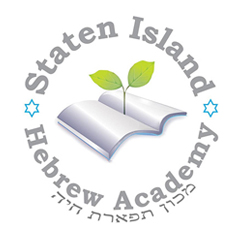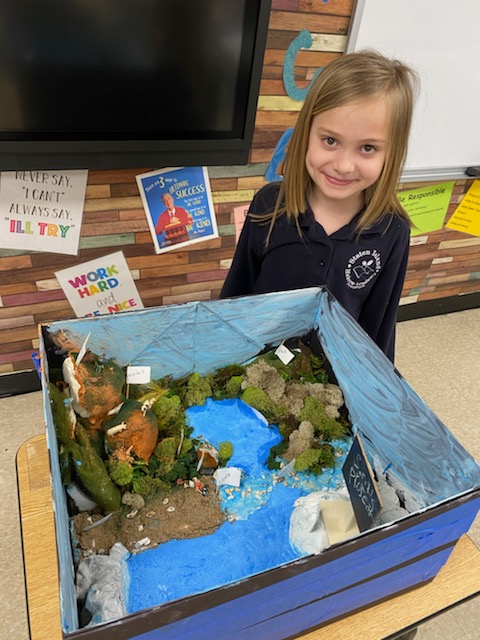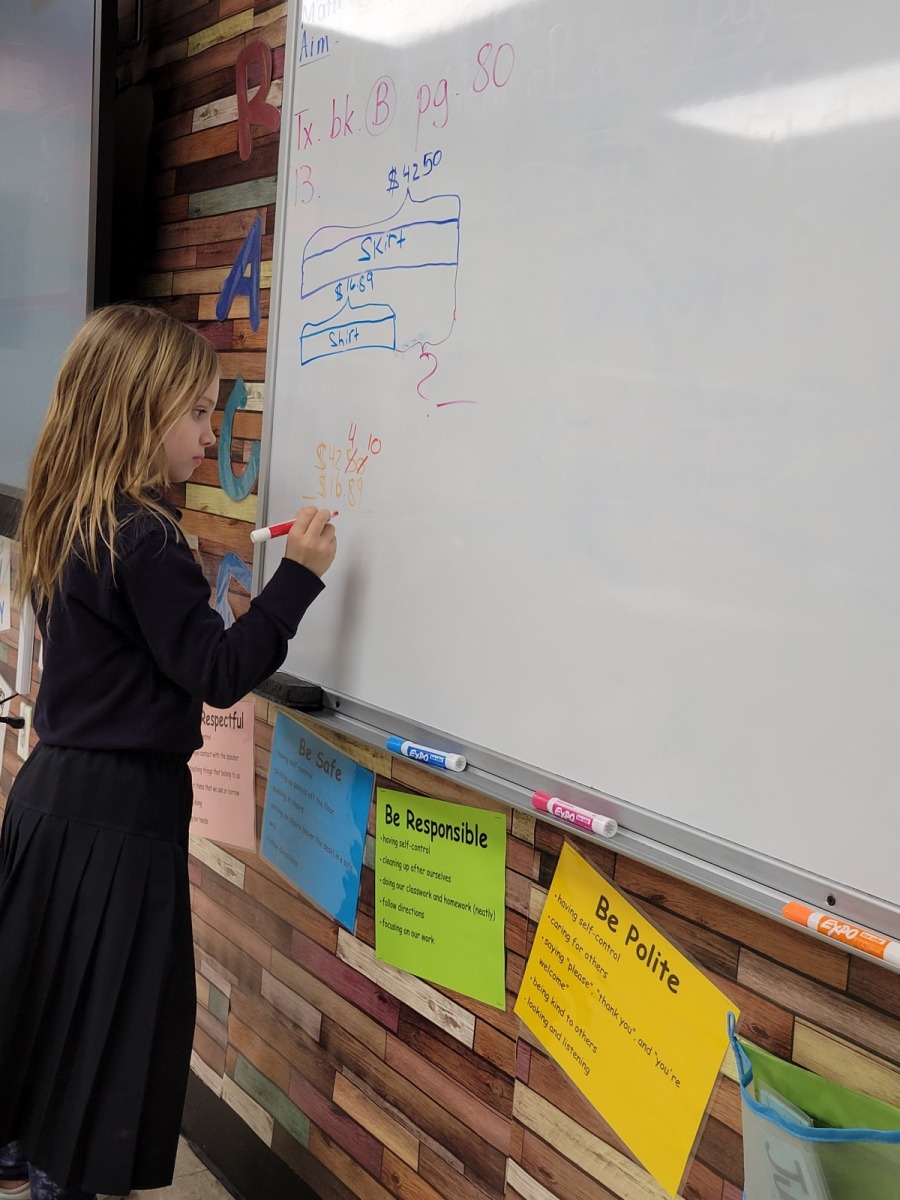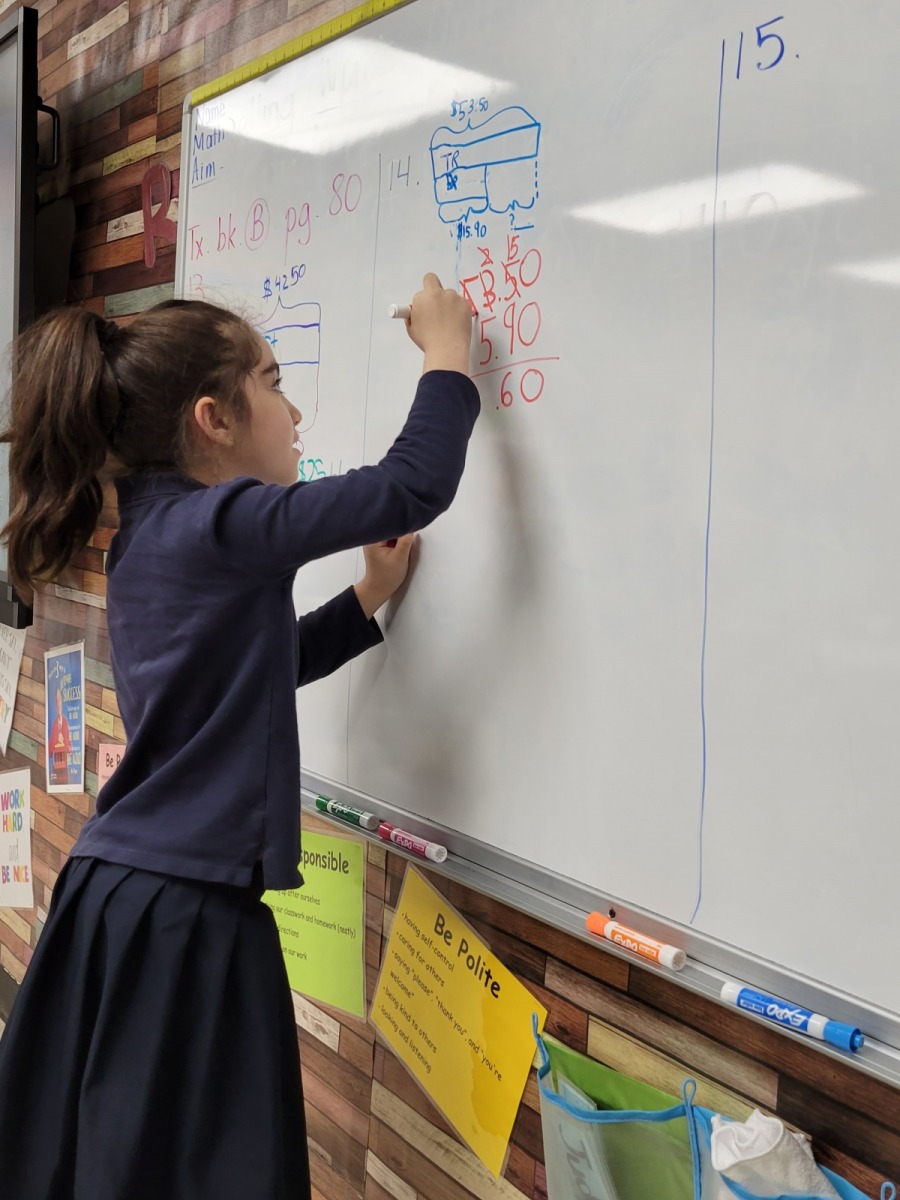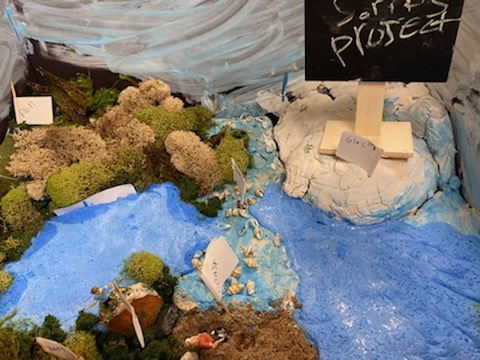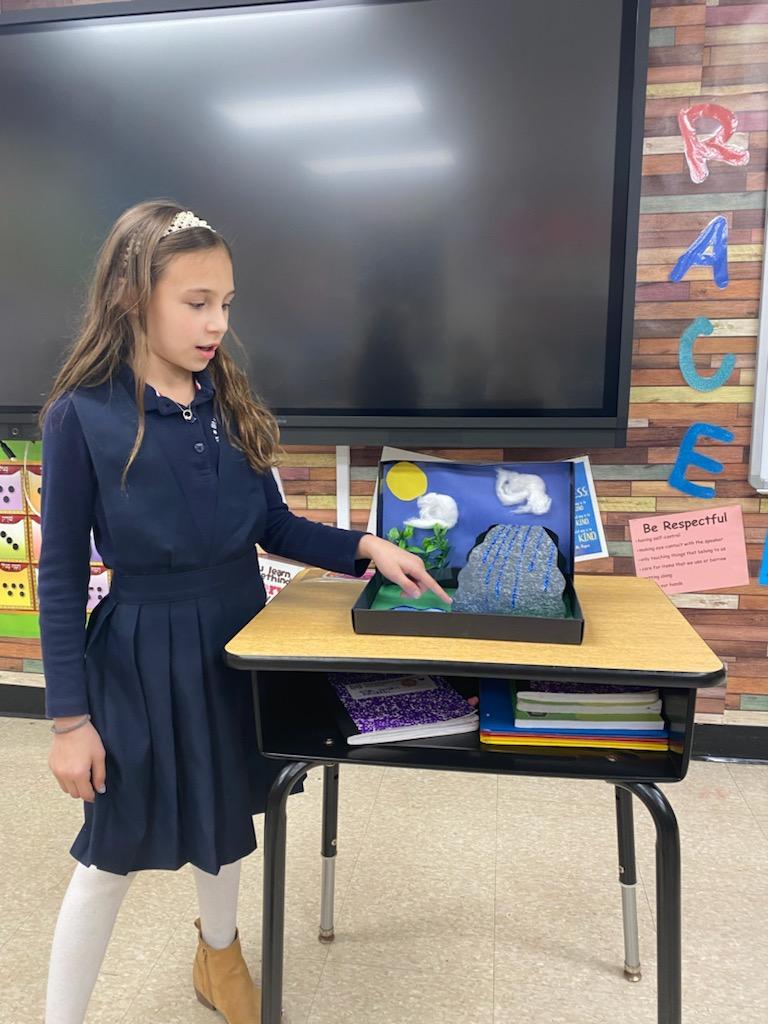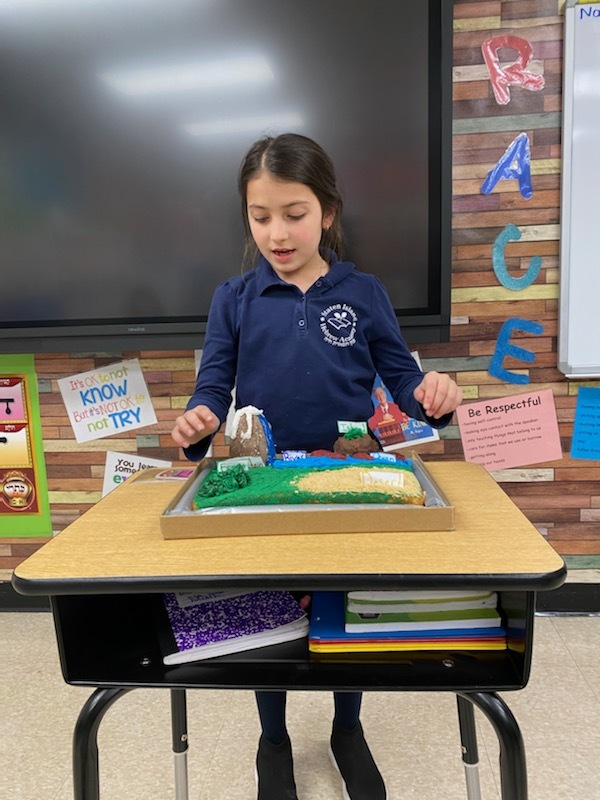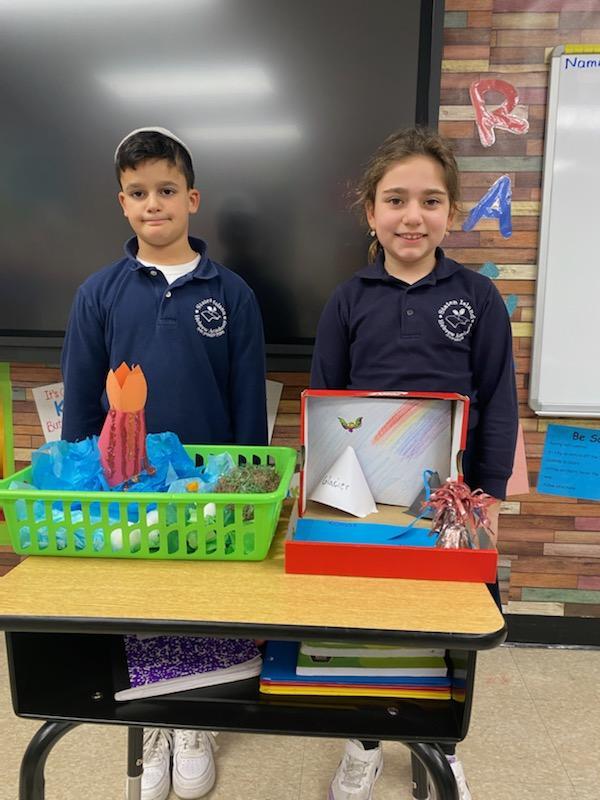Dvar Torah
Parshat Shmini
Candle Lightning: 6:55
Havdalah: 7:55
“The single biggest problem with communication is the illusion that it has taken place.” (George Bernard Shaw)
Communication is the foundation of community – both words come to English from the Latin word communis, meaning “shared by all or many.” This same idea is transmitted by our Sages in Pirkei Avot where we learn: “…two who sit and have words of Torah between them, the Divine Presence is between them…” (Avot 2:3). We see from here that Torah is not just comprised of our holy books but also consists of Jewish way of life and for Jewish values as a whole. We find this confirmed in other rabbinic opinions, notably in the statement derived from Mishna: “decency (derekh eretz) precedes Torah,” (i.e., Tanna D’bei Eliyahu Ch. 1). At the core of community is communication, and at the core of communication is decency.
So much of the breakdown in our public discourse and society has been chalked up to the “echo chamber” phenomenon encouraged by the ways in which we share information in this era of social media. We are literally having separate conversations! We give precedence to viewpoints to which we already adhere, and we find ways to dismiss those ideas that seem to contradict that which we already believe. And yet, the Jewish tradition encourages us to always communicate openly, to share ideas even when they contradict and, most importantly, to seek to learn from those perspectives which do not conform to our own.
In the Talmud (Eruvin 13b) we are taught that the House of Hillel merited to have the law affixed according to their perspective. Why? Because they were pleasant and patient, and they taught both their own perspective and that of the House of Shammai. Not only that, but they actually gave precedence to the perspective of the House of Shammai before their own perspective.
We have a similar lesson in this week’s Torah portion, Parashat Shmini.
Nadav and Avihu, the sons of Aharon HaCohen, brought a “strange fire” which — depending on how one translates and interprets — they were either not commanded to bring, or perhaps they were commanded not to bring. Ultimately they are consumed by fire inside the Mishkan. The Torah tells us, “The sons of Aharon, Nadav and Avihu, each man took his censer,” (10:1). Focusing on this last phrase, the Midrash provides us with this insight; that each man acted alone and they did not communicate to one another…to teach us that they entered without communication.
When seeking to establish a community grounded in values and decency, it becomes easy to view those who share a different perspective as an enemy or an adversary. Yet, the Jewish tradition comes and pushes us to see beyond this black-and-white dichotomy — to step into the gray and learn what discernible truths there may be even, or perhaps especially, in those viewpoints that contradict our own.
Peace/Shalom שלום can only be created through completion /Shlaymut שאלימוט by taking the חָלָק/partswithin an argument/machloket מחלוקת and seeing it from all sides.
Shabbat Shalom,
Dr. Chana Uzhansky
Head Of School
Special Announcement
A very special thank you to Ms. Klahr and Ms. Ortiz for their assistance with bringing the Torah to the school building for the reading of Parashat Zachor last Tuesday and to Noam Tisona for helping to prepare the Torah for the reading itself.
Sincerely,
The Judaics Department
Judaics
Second Grade
What an exciting week we experienced in 2nd grade. We loved playing Hot and Cold as Aaron K. searched the classroom with a spoon and feather looking for the 10 pieces of chometz.(Bread)which the rest of the class hid. We already learned about the Seder and are are working so hard to keep our Haggdahs neat and beautiful in honor of the upcoming holiday of Pesach. We know the holiday has four names. One of the names is “Passover” because the Jewish homes were passed over during the 10th plague when all firstborn sons were killed. Chag HaMatzos because we eat Matza as there was not enough time for the dough to rise when we left the Egyptian bondage,Ziman Chairusainu because ziman means time and Chairusainu means free. This is when the Jews finally became free. Chag ha Aviv. Aviv is spring and Passover is always in the season of spring. Shabbat Shalom
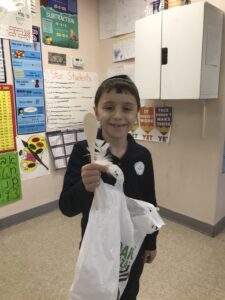
Third Grade
Hope you all enjoyed Purim with much joy and family time.
Now that we are back, third grade was so excited to start learning about Pesach. They each received their own Haggadah and we are working hard on learning the whole thing!
We also try to squeeze a little of each subject into the busy Pesach season.
We learned new words to add to our Lashon Kodesh Milim. We practiced prefixes such as “Cuf” means like, “Shin” means that, and Cuf and Shin together means when.
We also continued learning all the Parshiot in order and enjoyed singing the song.
The boys in third grade had their Tzitzit on every day this week!!
We are so proud of them!
Great job Noach Sharoni for having an extra special Davening throughout the whole week!
Keep up the great work Third grade!
Shabbat Shalom!
Morah Ferber
Fourth Grade
What a super week it was in fourth grade.
The Davening we start our day with, was beautiful. The children got many tickets, and it was great to hear the beautiful tunes from the children
In Chumash class we learnt about that Hashem told Avrum your children will get Eretz Yisroel. Hashem told Avram that your children will be so many as the dust of the earth. On our Friday Quiz the children did beautifully, and it was a pleasure to see their grades.
We are very excited to start the Haggadah next week.
Congratulations to Zohar Zadok on being this week’s winner of the week.
Shabbat Shalom,
Rabbi Berelowitz
5th and 6th Boys
This week we began studying Parashat Bo which discusses the last of the three Makot, in recognition of the upcoming holiday, Pesach-Passover.
We began with the Maka of Arab-locust/grasshoppers. We learned that Arbe ate whatever crops were not ruined/destroyed by Barad-hail mixed with fire, which was the 7th maka.
We “followed up” with beginning the study of Haggadah. We began with M’chirat Chametz-selling of the Chometz. We discussed that every Jew needs to be rid of ownership of any Chometz . We discussed that this is done, best by selling through a Rabbi.who knows exactly the correct Halachic way to go about this procedure of selling the Chometz to a non Jew.
In Parasha, we learned about Parashat Sh’mini which discusses many things. Amongst them was, the inauguration of the Mishkan and the laws of which animals are kosher and which are not. We got into a deep discussion with Oren Hecht asking “what happens if a scientist, using DNA creates a hybrid? Are all plants kosher? etc. We also discussed that until recently. many Sephardic Jews had a tradition as to which grasshoppers were kosher, and Rabbi Kuritsky shared that he knows people who actually ate them! All of them agreed that grasshoppers tasted best, fried and crunchy!
In Mishna we studied about one who paces “bundles” of kosher S’chach, but since he might have left them on the Suka to “dry out” and not for shade/the Mitzvah of Sukkah, it is Pasul!
Much more going on… Stay tuned
7th and 8th Girls
\
We began the study of Haggadah. We began with M’chirat Chametz-selling of the Chometz. We discussed that every Jew needs to be rid of ownership of any Chometz . We discussed that this is done, best by selling through a Rabbi.who knows exactly the correct Halachic way to go about this procedure of selling the Chometz to a non Jew. The girls are very happy to individualize their Hagadas with their beautiful drawings.
In Parasha, we learned about Parashat Sh’mini which discusses many things. Amongst them was, the inauguration of the Mishkan and the laws of which animals are kosher and which are not. We also discussed that until recently. many Sephardic Jews, moroccan and Yemen, for example, had a tradition as to which grasshoppers were kosher, and Rabbi Kuritsky shared that he knows people who actually ate them! All of them agreed that grasshoppers tasted best, fried and crunchy! In Tfila we are adding more Brachot of Amida aka Sh’mone Esre. We have now fully integrated up to and including the Bracha of Barech Alainu. We explained that this Bracha is literally asking for a blessing for the crops in the Land of Israel, but also used as a request for livelihood. We also added the 5th Haleluka, which we say every day.
Recapping on pre Purim … while learning Mgilat Esther, we noted that Mordechai told Esther, when asking her to [risk her life by going to] go to king Achashveirosh “Me yodaia im ka’ais kazot hegea l’malchut” Who knows if it was for this very reason that you [with God-Hashem’ help] you became quenn!?
We discussed that this is a lesson for life: If we are ever in a high/powerful/influential position, we should use it to benefit other ie outr fellow Jews, because “who knows if it was only for that reason that we reached that hight !
Shabbat Shalom
7th and 8th Boys
This week was terrific in class. The students wrote beautiful essays “Why I enjoy going to Shul”, “The Joy of Shabbat”, and more.
In Gemara class we covered a great topic. When the Kohen Gadol dies, the murderer from Galus goes free. We leant that there are 3 Kohen Gadols and Rabbi Yeudah says a fourth. The mother of the Kohen Gadol would bring food and clothing to the murderer, in order that the murderer should not Daven that the Kohen Gadol should die. We see from here the power of Tefilla. that even if a murderer Davens, Hashem listens to him.
We learnt about Chodesh Nissan and why Shabbos before Pesach is called Shabbos Hagadol.
A big Mazal Tov to Asher Hecht on his Bar Mitzvah. We all enjoyed it very much.
May Hashem give him health happiness and a wonderful life.
Congratulations to Mark Mehilson on being this week’s winner of the week.
Have a great Shabbos,
Rabbi Berelowitz
Elementary School
Kindergarten
This week kindergarten learned all about how to write a How-To. They were given the very difficult job of teaching me how to make a sandwich. I did each step exactly as they told me to causing me to make many hilarious mistakes. They realized how many details they need to give when explaining to someone how to do something. Then, they wrote about how to eat an apple. They also worked on beginning their writing by starting with a topic sentence. They read a fiction story about a dinosaur who wanted to come to school and a nonfiction story about soccer. In math they learned all about the difference between 2D and 3D shapes. They learned about cones, spheres, rectangular prisms, cubes, and cylinders. They went on scavenger hunts for shapes, made them out of play-doh, and played games with the 3D shapes. They worked on their math fluency and practiced solving addition and subtraction problems within a specific time. They are also becoming really good at solving word problems! In science they learned how to determine if something is living or nonliving and what living things need in order to live. In social studies they learned which places are in their community by creating their own community. They also learned about community helpers and all about the community workers that help keep people healthy.
Second Grade
This week 2nd grade finished reading Charlotte’s Web! We also completed our explanatory writing piece, and have moved on to comparative writing. In grammar we are learning about irregular verbs. In social studies we are learning about income, work, and how to differentiate between wants and needs. In math, we are mastering the 4, 5 and 10 times tables, while solving word problems which involve multiplying or dividing by those numbers. In the picture, you can see Sophie Braun solving the Noetic Learning problem of the week!
In science, students learned that three states of matter exist in the form of solid, liquid and gas; discussing physical properties of matter.
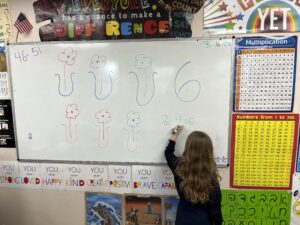
Third Grade
This week Grade 3 students continued to practice towards their S.A.T. ‘s in both E.L.A. and Math. During their math lessons, students concentrated on developing problem solving skills within multiple step money word problems. Students also began to work on organizing and analyzing data in charts and graphs. During their Grammar lessons, students reviewed different parts of speech such as verbs, nouns, and adjectives. They also worked on subject verb agreement and object/subject pronouns. During their Reading lessons, students worked in their Ready books to become more proficient in supporting their answers using relevant details from the text. They also continued to analyze the class novel and its numerous vocabulary.
Miss Sasha
In science, students learned and understood how weathering and erosion changed the earth’s surface. Amazing projects about landforms were displayed during science class from “edible landforms to building rocks, mountains, rivers, ocean, and glaciers.
Fourth Grade
In math this week we continued to work on four operations on decimals. Divided whole numbers into decimals and solved multi step word problems.
Our class continued to prepare for the state tests.
In Social Studies we read, discussed, and answered questions about the land and climate of the West.
In science, students learned and distinguish between renewable and nonrenewable resources; how can we protect our Natural Resources.
Fifth Grade
5A and 5B ELA
Greetings and salutations!
This week has been a very busy week for 5th grade. They finished their class novels with a bang and were working on writing thematic essays.
They also learned about verb tenses in grammar. Furthermore, both classes continued to hone their vocabulary skills with this week’s vocabulary words and root words.
Both classes are looking forward to their new novels and so am I! I am very happy to see how wonderfully excited the classes are about reading.
This week’s shoutout goes out to Ella Dery and Zach Garber for doing an amazing job in pacing themselves and managing their time well in regards to writing their essays.
5th Grade Social Studies
Students are beginning the journey through the American Revolution. Students will be investigating, summarizing and identifying various events and facts through this magnificent time in our history. Students are creating an interactive notebook and will be completing an American Revolution Timeline.
In science, students define natural resources; distinguish between renewable and nonrenewable resources ; compare three types of fossils; describe the formation of coal; explain where petroleum and natural gas are found; learn and explain why conserving natural resources is necessary.
Middle School
Middle School ELA and Social Studies
6th SS and ELA
Greetings and salutations!
This week in Social Studies was all about rounding off the rise of the Greek civilization and jumping into Ancient Greece proper. The 6th graders are currently dipping their toes into Sparta’s fierce society. I am looking forward to our class discussions in regards to ancient Sparta.
In ELA, we are wrapping up our novel study of Watsons go to Birmingham, 1963. We also learned verbals, and spent the week identifying gerunds, participles, and infinitives. Students also voted for their next novel and chose Chasing Lincoln’s Killer!
7th ELA and SS
This week was all about state test prep! We also finished the rather heavy but important novel, Night by Elie Wiesel. I am looking forward to the amazing writing the 7th graders will compose in regards to this powerful novel.
But first- the state test is upon us!
Lastly, a very big mazel tov to Asher for his bar mitzvah!
In Social Studies, students took a quiz on the Articles of Confederation and started learning about how our Constitution was created.
Middle School Science
6th grade
Students differentiate among weather, season, and climate; explain the need for forecasting weather in advance; explain with specific examples the various factors affecting the climate of a place or region; explain how some of these factors work together to determine regional climates
7th Grade Science
Students are investigating how our body systems work together to maintain homeostasis. They are currently taking a journey through the digestive system and discovering how nutrition and circulation play an important role in supplying our body with the nutrients it provides and how it actually gets through our bodies.
8th Grade Science
Students are preparing for the Living Environment Regent by taking practice exams and working through various aspects of this regent. In addition, students are investigating how energy flows through ecosystems, how biotic and abiotic factors affect those ecosystems and the importance of interdependence within each system.
